2022 Vol. 37, No. 5
2022, 37(5): 781-801.
doi: 10.1016/S1872-5805(22)60640-1
Abstract:
2022, 37(5): 802-826.
doi: 10.1016/S1872-5805(22)60638-3
Abstract:
2022, 37(5): 827-851.
doi: 10.1016/S1872-5805(22)60628-0
Abstract:
2022, 37(5): 852-874.
doi: 10.1016/S1872-5805(22)60631-0
Abstract:
2022, 37(5): 875-897.
doi: 10.1016/S1872-5805(22)60637-1
Abstract:
2022, 37(5): 898-917.
doi: 10.1016/S1872-5805(22)60634-6
Abstract:
2022, 37(5): 918-935.
doi: 10.1016/S1872-5805(22)60642-5
Abstract:
2022, 37(5): 936-943.
doi: 10.1016/S1872-5805(22)60633-4
Abstract:
2022, 37(5): 944-955.
doi: 10.1016/S1872-5805(22)60617-6
Abstract:
2022, 37(5): 956-967.
doi: 10.1016/S1872-5805(22)60627-9
Abstract:
2022, 37(5): 968-977.
doi: 10.1016/S1872-5805(22)60629-2
Abstract:
2022, 37(5): 978-987.
doi: 10.1016/S1872-5805(22)60641-3
Abstract:
2022, 37(5): 988-999.
doi: 10.1016/S1872-5805(22)60639-5
Abstract:
2022, 37(5): 1000-1010.
doi: 10.1016/S1872-5805(22)60632-2
Abstract:
2022, 37(5): 1011-1020.
doi: 10.1016/S1872-5805(22)60648-6
Abstract:


 Abstract
Abstract HTML
HTML PDF
PDF
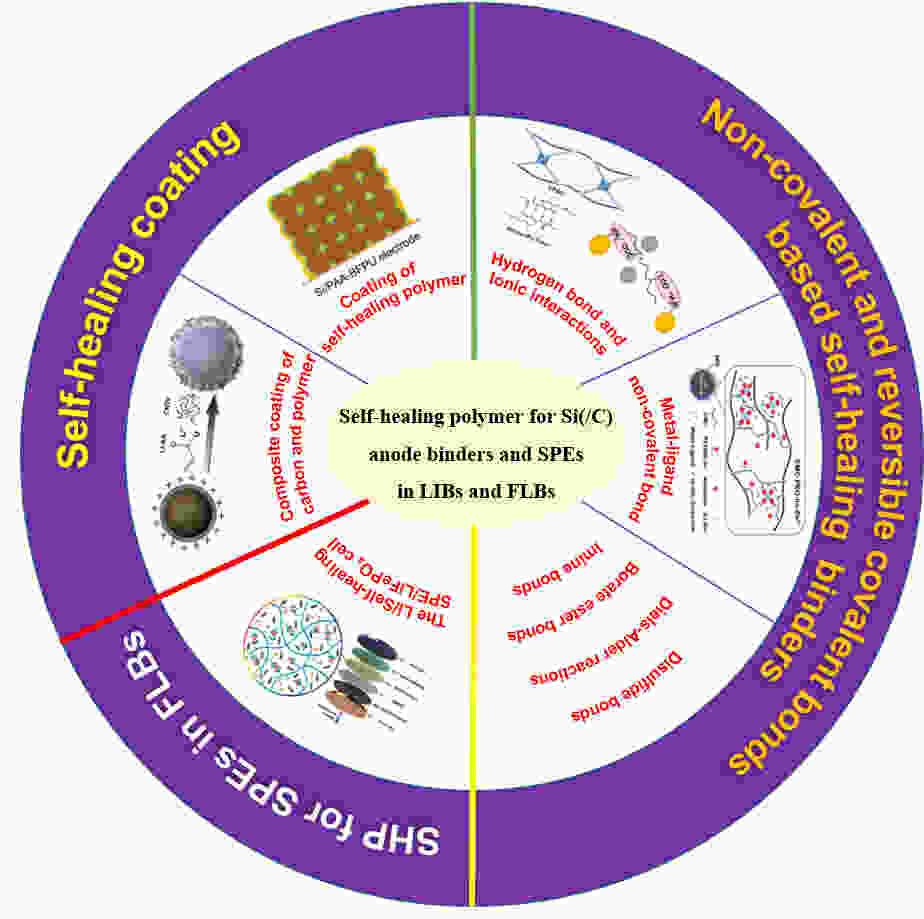

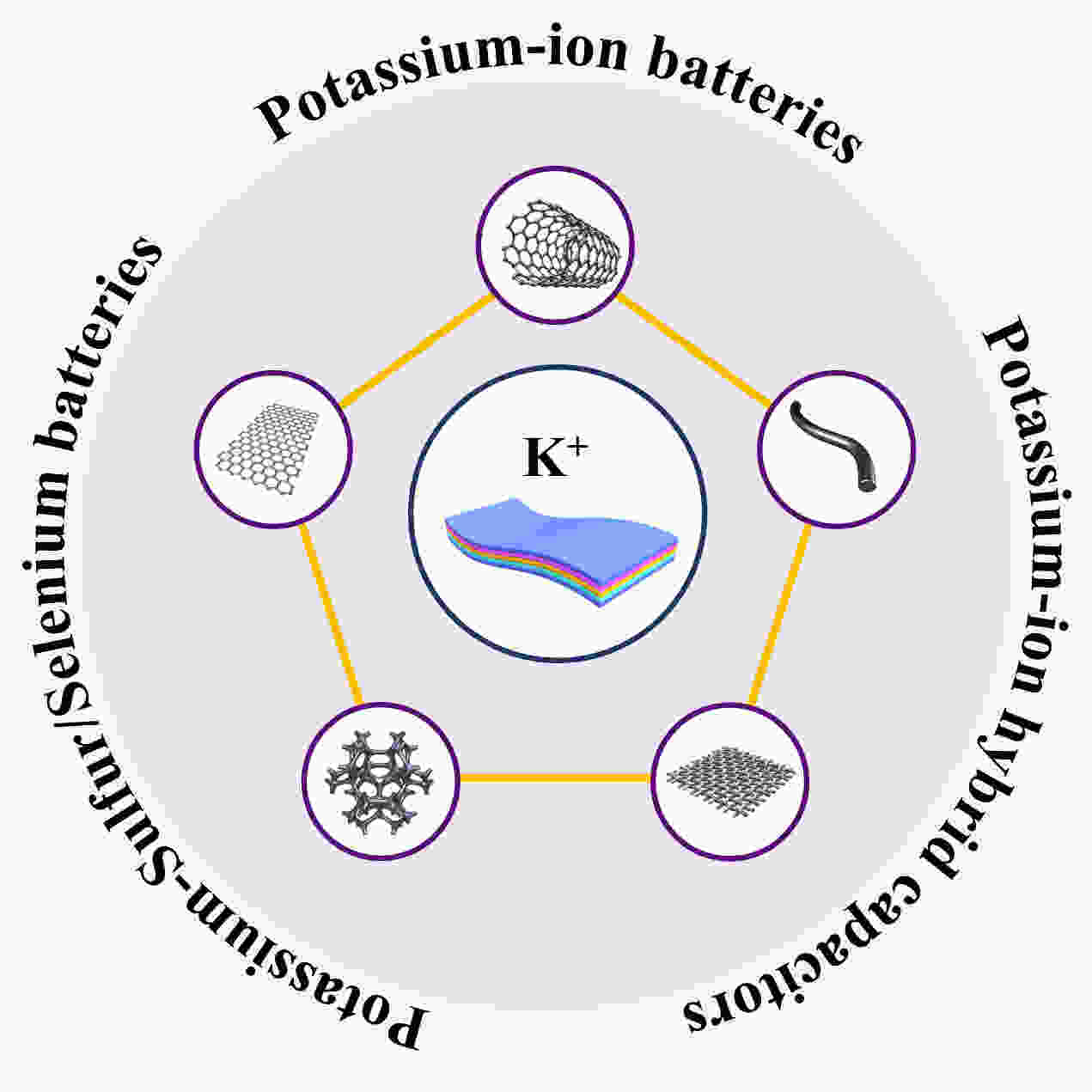
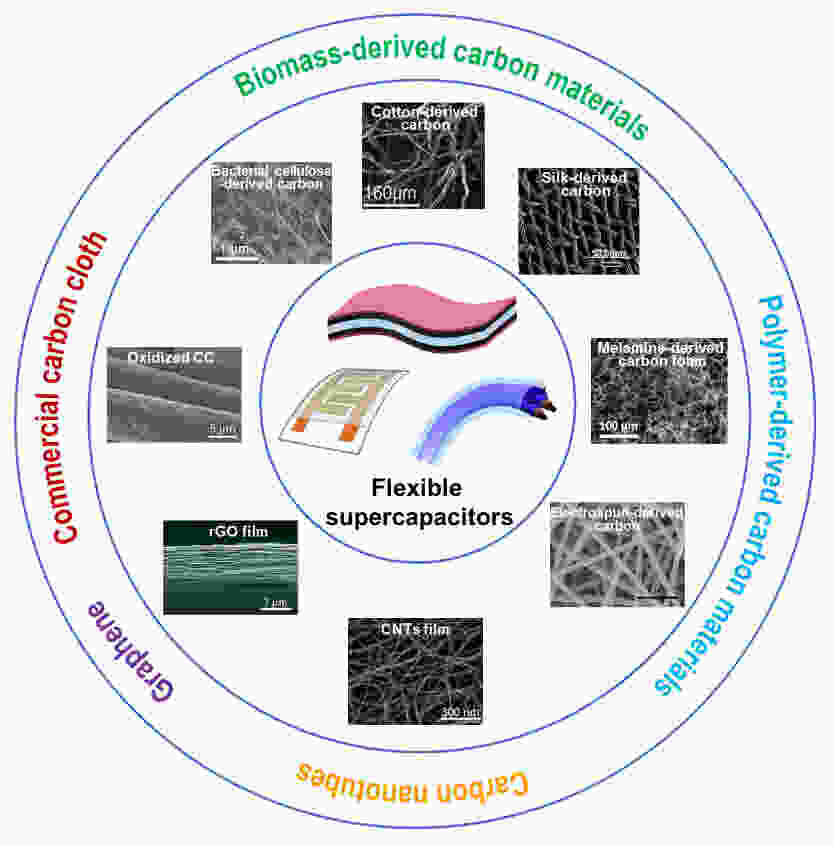
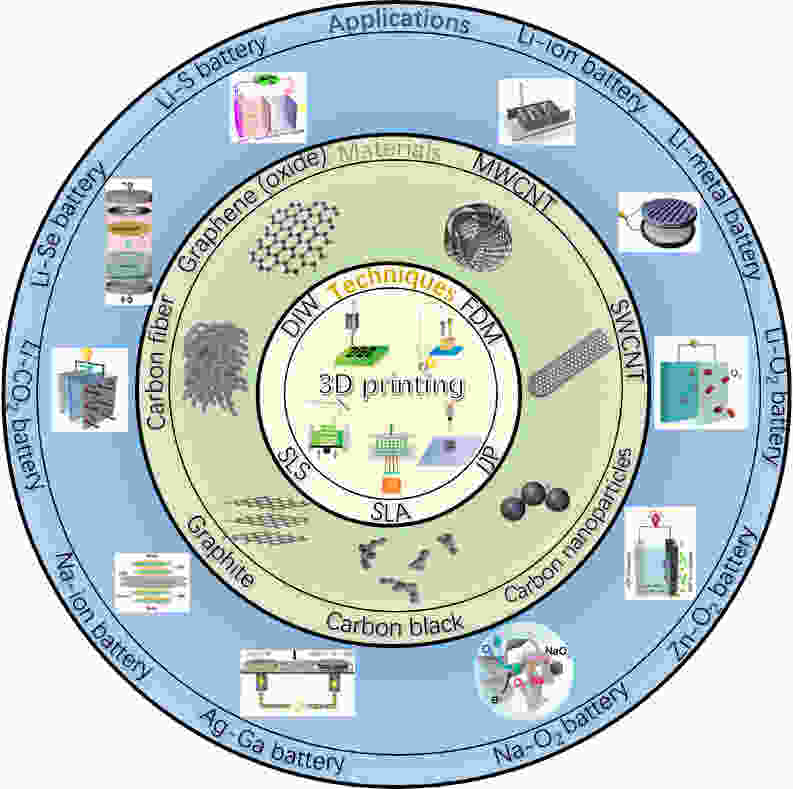

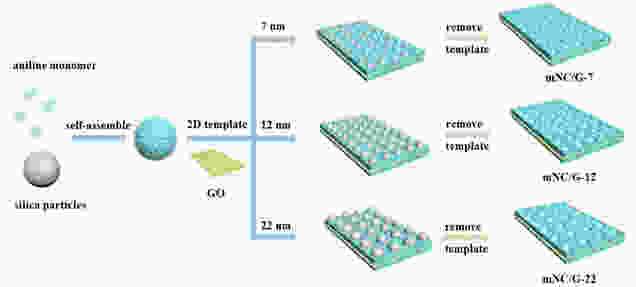

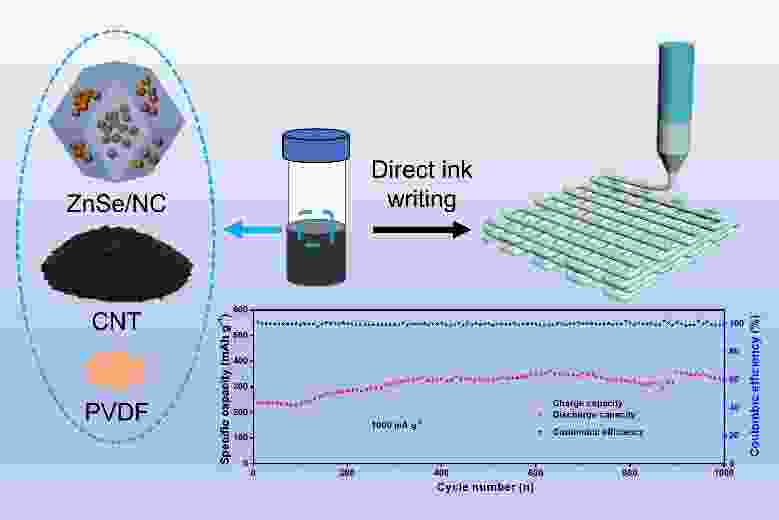
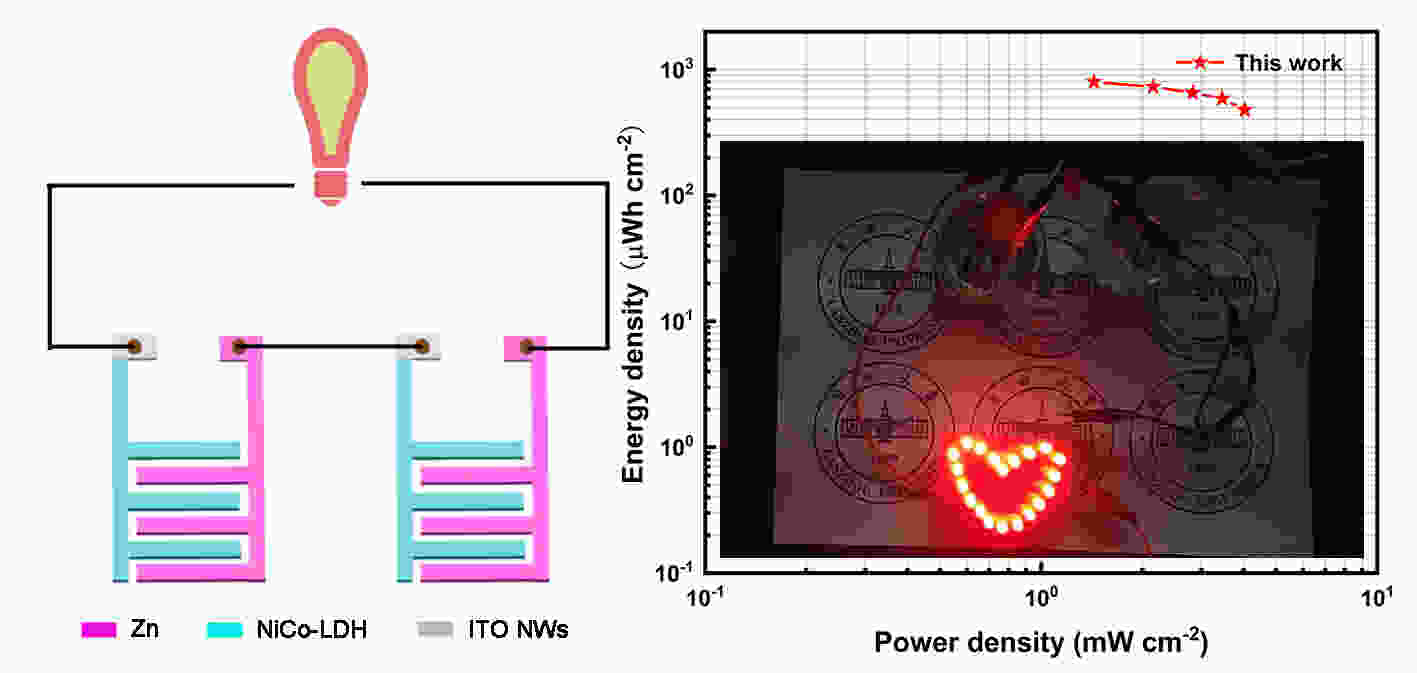

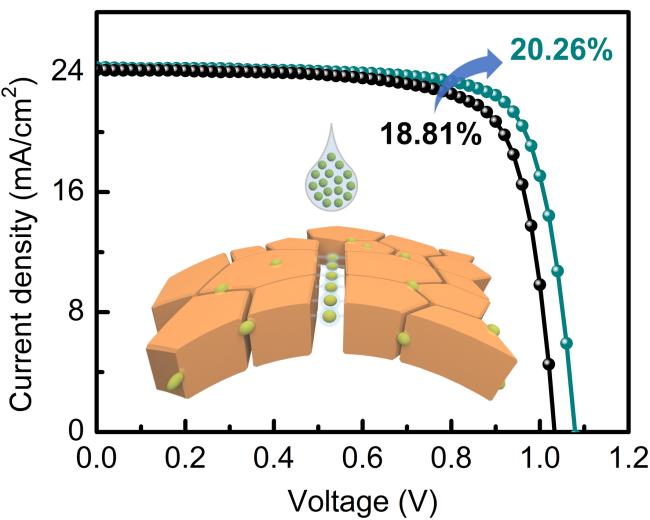
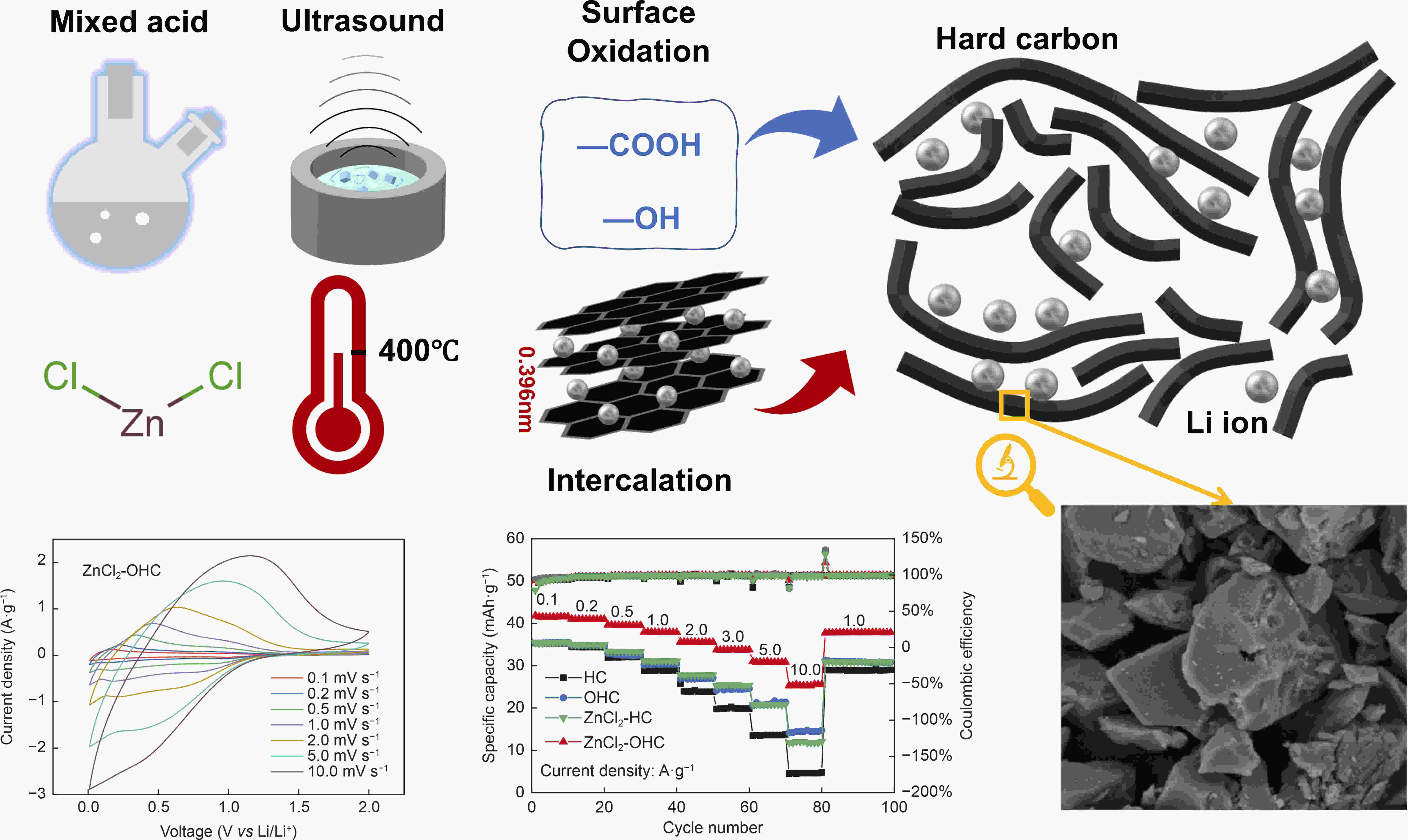



 Classified Collection
Classified Collection

 Email alert
Email alert RSS
RSS Download
Download Links
Links

